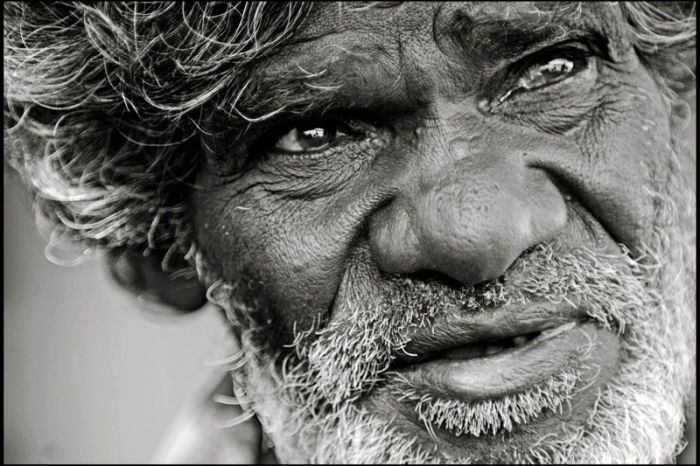
The Aboriginal Australians are known to be the first settlers of Australia; this gives them a very long and rich history. As with almost all recorded histories, they have had their share of achievements and struggles. Similar to the American Indians, the Aboriginal Australians have gone through many of the same trials and struggles, such as losing land, facing new diseases, and unequal treatment. For this application of intercultural theory blog I am going to be looking at Co-cultural theory. Co-cultural Communication Theory describes how language works between dominant and non-dominant groups. (Martin, 2010) This theory looks at how the groups formulate communication systems that suits their world view. (Martin, 2010) Throughout this blog I will look at how the Aboriginal Australians and the “new” white population interact and the role language plays in these interactions.

British people began to colonize Australia in 1788. Prior to 1788, the Aboriginal Australians were spread about the entire continent and inhabited most of the surrounding islands also. Once this colonization began, the Aboriginal Australians began losing their grasp on the land and their rights. The British settlers brought with them several new diseases and weapons that caused many hardships for the Aboriginal Australians also. These hardships ranged from losing their land to being excluded from the country census until 1967. (Aidi, 2009) From 1869 until 1969 the Australian government imposed a policy that allowed police and other agencies to remove Aboriginal children from their parents.

This policy was loosely based on child neglect. As time progressed the policies were amended over the year. By 1915 the wording of the policies allowed the removal of Aboriginal children from their parts without having to establish neglect or need for protection.(Wikipedia, n.d.) This is an example of how the dominant culture used their written language in the form of laws to help support their word views. When these children were removed from their parents they were placed with a white foster family or placed in Aboriginal Institutions that were often run by religious groups. These children were then taught English and prevented from speaking their native language. They then were raised to be agricultural laborers and domestic servants. (Wikipedia, n.d.) This and several other instances displayed the wrong doings of the European people to the Aboriginal population.

Looking at the issue of the “Stolen Generation” co-cultural theory is immediately brought into play. The British settlers quickly became the dominant group. In the instance of the “Stolen Generation” the dominant group formed policy’s and laws in their language that allowed them to seemingly force assimilation upon the less dominant Aboriginal people. Many people believe this was an attempt to slowly get the Aboriginal people to blend in to the dominant culture, yet on the other hand many members of the dominant culture disputed these ideas along with accusations of genocide. (Wikipedia, n.d.)

This is a prime example of the dominant group formulating a communication system that supports their perception of the world. (Martin, 2010) In my third blog I will expand on co-cultural theory and how the communication between the Aboriginal People and the European population has changed since the area of “The Stolen Generation”.
Stay tuned.
References
Aidi, H. (2009). Australia’s blacks threaten to disrupt Olympics. Retrieved from:
Martin, J. N., & Nakayama, T. K. (2010) Intercultural communication in contexts. New York, NY: The
McGraw-Hill Companies, Inc.
Stolen Generations. (n.d.) Retrieved October 27, 2011 from the Wikipedia:
Forgot to put it in the Title but this is Blog number 2.
ReplyDeleteGreat work with second blog. Excellent detail especially in regards to history and its relationship with co cultural theory. I think the two are always implicitly linked. For your video, I would suggest that you take the content of this blog and apply it to video, visual, and narrated information. Use the example of the Stolen Generation to apply co cultural theory and walk us through those main points.
ReplyDeleteFor blog #3, I would recommend that you revisit the Crossing the Color Line essay and use the tenants of empathy and implicature to frame your suggestions. What advice would you give in terms of improving communication competency? What role can empathy and implicature play in all this?